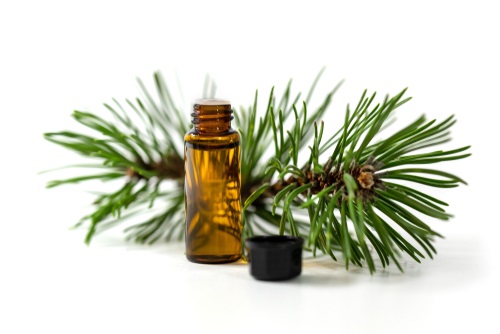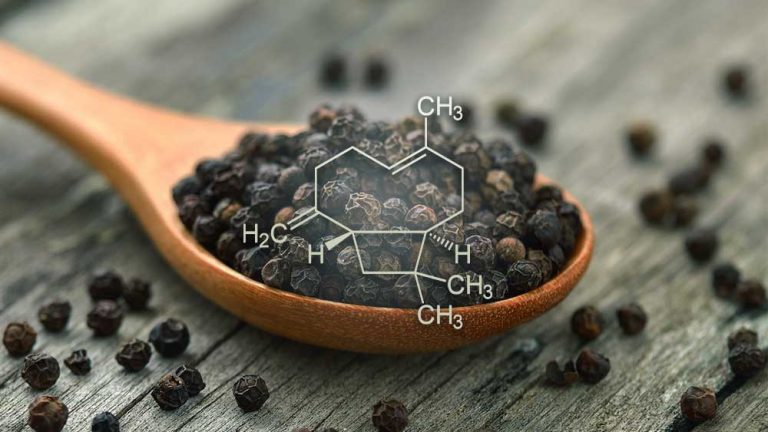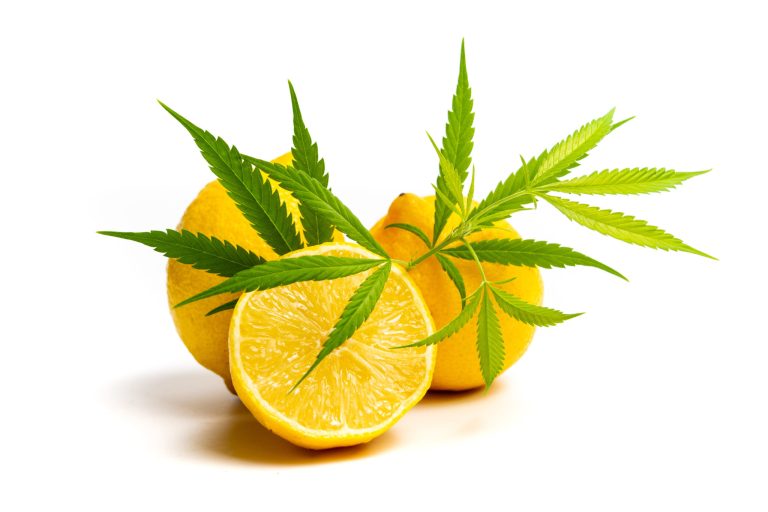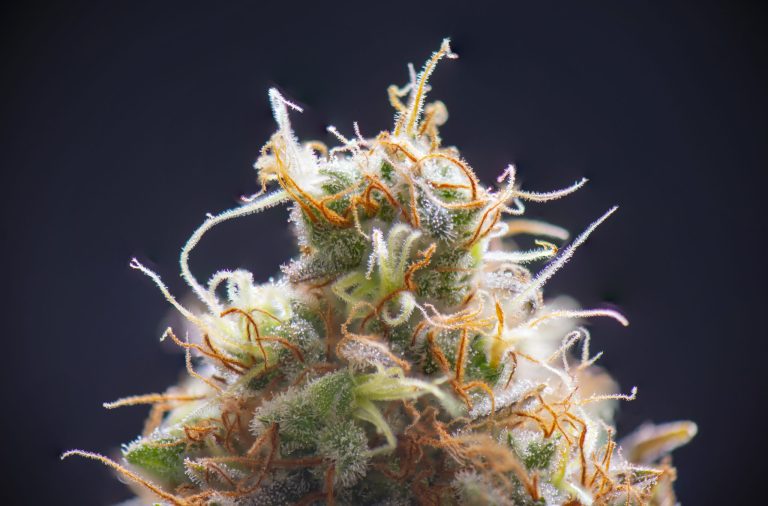
What is Pinene?
Pinene is one of the most common terpenes found in cannabis, also found naturally within pine and coniferous plants.

What is Caryophyllene?
An informational guide to Caryophyllene, the terpene or essential oil, found within MAC’s small batch cannabis. Terpenes provide a wide array of aromatic properties ranging from floral to musky. Caryophyllene,...

What is Limonene?
Limonene is one of the most common terpenes found in cannabis, also found naturally within the rinds of citrus fruits.

What are terpenes?
Terpenes are naturally derived chemicals found in the essential oils of the cannabis plant. Terpenes attribute to the aroma and taste of cannabis flower.
© 2024 Mass Alternative Care. All rights reserved.
Site by CannaPlanners

